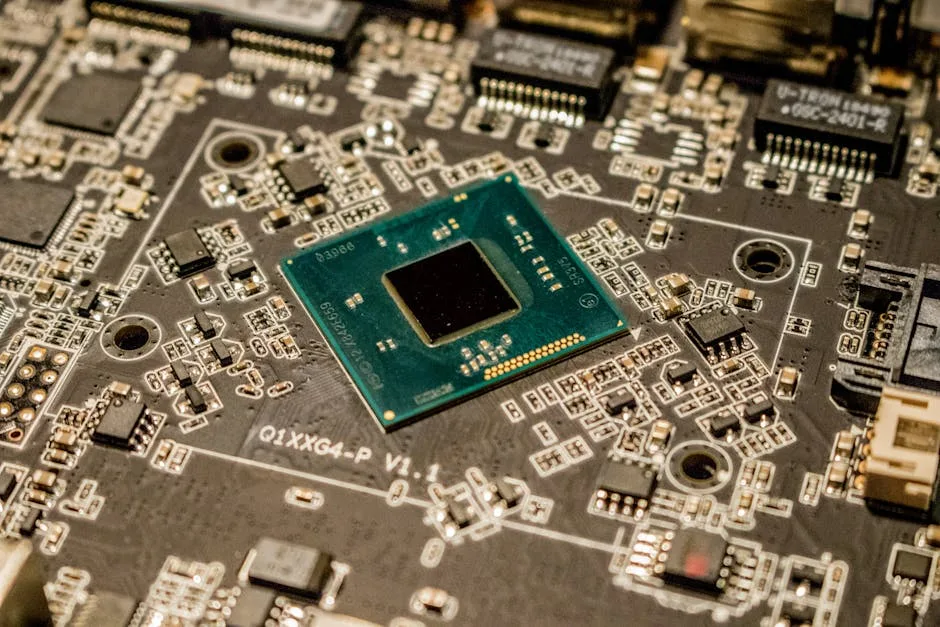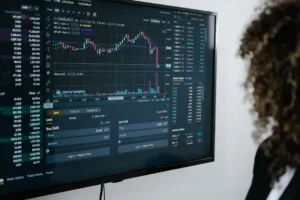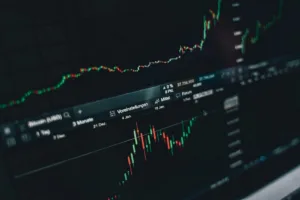
In a significant and unusual move for U.S. industrial policy, former President Donald Trump announced on August 22, 2025, that Intel Corp. has agreed to grant the federal government a 10% equity stake in the company. The announcement, made during a White House press briefing, values the stake at approximately $10 billion and is framed as a conversion of previously awarded federal grants into direct government ownership1, 2, 3. This arrangement marks a notable shift in the relationship between the U.S. government and a major private technology corporation, raising immediate questions about precedent, legality, and the broader strategic implications for the semiconductor industry and national security.
The president equated the payment to 10% of the chipmaker’s value, stating he told its chief executive, Lip-Bu Tan, “it would be good having the United States as your partner” and “they’ve agreed to do it.” Trump characterized the negotiation by stating, “He walked in wanting to keep his job and he ended up giving us $10 billion for the United States. We do a lot of deals like that. I’ll do more of them.” This comment references Trump’s previous public calls for Tan to resign over the CEO’s perceived ties to China, adding a layer of personal pressure to the high-stakes negotiation1, 3, 5.
Nature of the Agreement and Broader Strategy
The core of this deal involves the conversion of approximately $11 billion in federal CHIPS Act grants that Intel had been awarded into a direct government equity share. This is a notable pivot, as the CHIPS and Science Act was originally legislation Trump had criticized, yet his administration is now leveraging its financial mechanisms to secure a ownership position1, 3. This is not an isolated incident but appears to be part of a broader administration strategy. Reports suggest similar demands for financial compensation or equity have been made to other leading semiconductor firms, including Nvidia and AMD, specifically seeking a 15% cut of their chip sales to China3. This pattern indicates a systematic approach to recouping or capitalizing on government support and market access permissions.
For security professionals, the technical and procedural mechanics of such a transfer are a primary concern. The announcement that a public company’s CEO can unilaterally agree to grant a significant equity stake to the government bypasses standard corporate governance structures, including board approval and shareholder votes7. This action could potentially be interpreted as a form of administrative coercion, creating a new vector for government influence over private industry that operates outside established legal and financial frameworks. The lack of transparency surrounding the negotiation and agreement process sets a concerning precedent for how similar “deals” might be conducted in the future with other critical infrastructure companies.
Immediate Reactions and Security Implications
The announcement drew swift criticism from various commentators. Former Watergate prosecutor Jill Wine-Banks pointed out the apparent contradiction in Trump accusing political opponents of socialism while engaging in what she described as an “actual government takeover of private industry”7. Beyond the political rhetoric, the security implications are profound. A direct government equity stake in a company like Intel, which designs and manufactures critical components underpinning global digital infrastructure, blurs the line between corporate and national interests. This could complicate international supply chains, create conflicts of interest in technology development, and potentially expose sensitive intellectual property and manufacturing processes to broader governmental scrutiny.
This development follows recent news that SoftBank plans to invest $2 billion in Intel to expand U.S. chipmaking operations, indicating a period of significant financial maneuvering around the company3. For a Chief Information Security Officer (CISO), this period of corporate instability and significant ownership change represents a potential security risk. Changes in leadership, strategic direction, and financial backing can often lead to disruptions in security funding, shifts in risk appetite, and employee uncertainty, all of which can be exploited by threat actors. It is a time for heightened vigilance regarding internal threats and ensuring security protocols remain robust during a transition.
Relevance to Security Professionals and Conclusion
While this event is primarily political and economic in nature, it has tangible ramifications for the security community. The potential for increased government influence over technology development priorities could indirectly affect product security roadmaps. Furthermore, such a significant change in ownership could be leveraged in influence operations by nation-state adversaries seeking to sow distrust in U.S. technology. For threat intelligence researchers, monitoring chatter on forums and dark web channels for reactions to this news may provide insights into how adversaries perceive this shift and whether they plan to use it for propaganda purposes.
In conclusion, the agreement for the U.S. government to take a 10% stake in Intel represents an unprecedented intervention in the technology sector. Framed as a conversion of CHIPS Act grants, the deal is part of a broader pattern of the administration seeking financial compensation from companies it supports. The announcement raises significant questions about corporate governance, the future of public-private partnerships, and the strategic direction of U.S. semiconductor policy. For security professionals, the stability of critical vendors is paramount, and this event underscores the need to monitor not just technical vulnerabilities but also the geopolitical and financial landscapes that can introduce new and unpredictable risks to the supply chain.
References
- “Trump says Intel CEO agreed to give U.S. government $10 billion,” The Washington Post, Aug. 22, 2025.
- Post citing “Trump Poised to Unveil Intel Deal for Equity Stake on Friday,” Reddit r/stocks (Bloomberg News), Aug. 22, 2025.
- E. Roth, “Trump says the US is taking a 10 percent stake in Intel,” The Verge, Aug. 22, 2025.
- Bloomberg Live TV, Aug. 22, 2025.
- “Trump says Intel CEO agreed to give the US a 10% stake,” ABC 17 News, Aug. 22, 2025.
- “Intel has agreed to a deal for US to take 10% equity stake, says Trump,” Business Standard, Aug. 22, 2025.
- J. Wine-Banks, Threads, Aug. 22, 2025.





